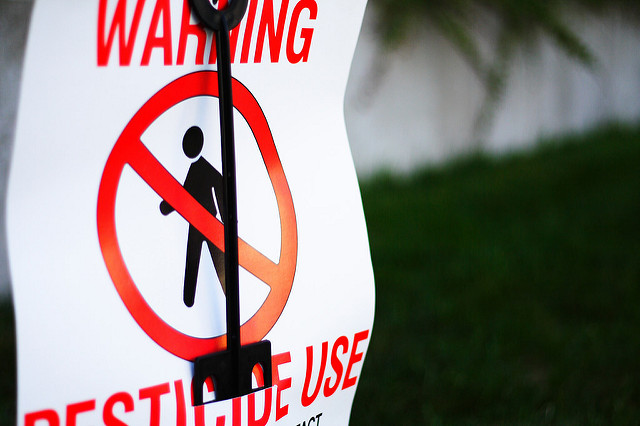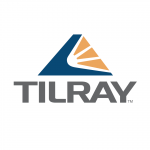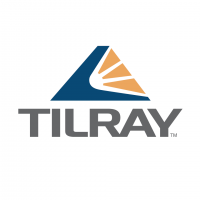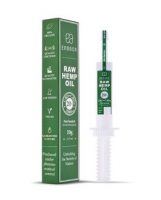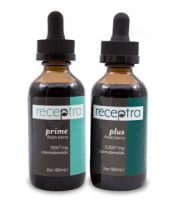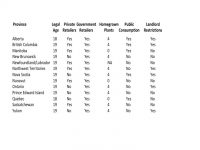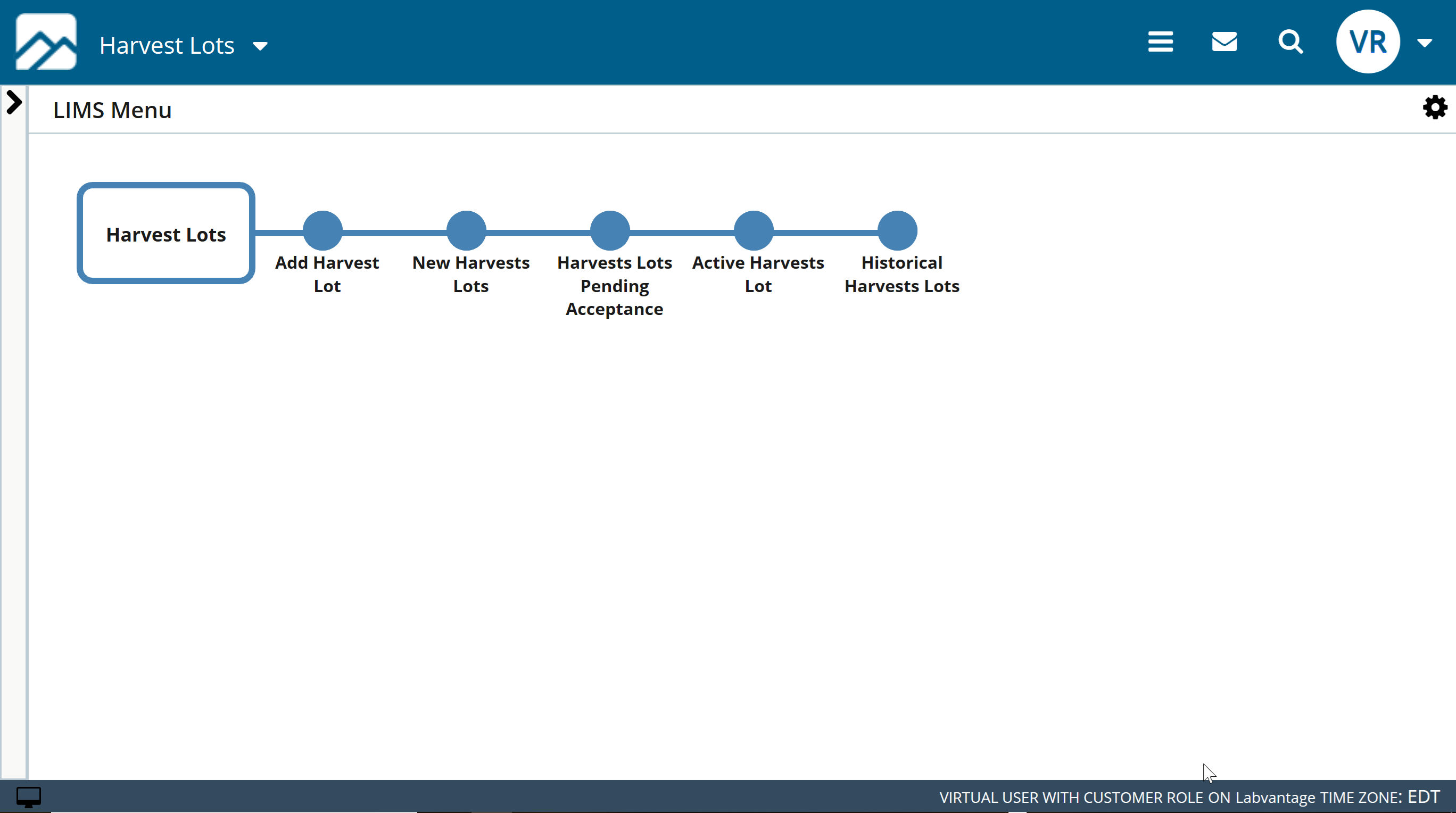There are going to be some states that are less progressive in the pro-cannabis movement, the same way there were states that were slow to move past alcohol prohibition. This is normal for any country moving towards change, better economic standing and safer healthcare.
There are only four states that completely ban recreational and medical cannabis altogether, and those states are Idaho, Kansas, Nebraska, and South Dakota. Although, there is no doubt that more and more states are moving towards a pro-recreational and medical cannabis stance. There are some states in the Northeast that are making strides to legalize cannabis.
Most of the states in the Northeast already have some form of medical cannabis law in the books already, but some are moving towards recreational legalization surprisingly quickly. Massachusetts already has legalized recreational cannabis and is setting up their regulatory framework currently while Vermont, New Jersey and New York, all of which already have medical laws, appear to be just steps away from legalizing it recreationally.
Northeast States Moving Towards Legalization
With Canada’s recent recreational legalization, a number of states just south of the border appear to be eyeing the issue for themselves. While some of these states have somewhat strict regulations in place, they look like promising emerging market opportunities.
New Jersey
New Jersey is closer than ever to legalizing recreational cannabis. Governor Phil Murphy built his campaign on the pledge to end cannabis prohibition. Murphy says having recreational cannabis legalized this year is his goal.
Murphy says that he wants legal recreational cannabis to be available because he believes it is a way to improve social justice in New Jersey and to bring the state new tax revenue. The biggest issue is what the legislation will look like and how it can be tied to expanding the states medicinal cannabis program.

Their current medical program, while still small in market size, appears to be gaining steam and growing in terms of patients getting access. Six months ago, The New Jersey Department of Health added a number of qualifying conditions patients can get a cannabis prescription for. The program still has its limits, like a 10% THC potency cap, small selection of types of products and other various restrictions.
New York
It was just last year when Governor Andrew Cuomo said cannabis was a “gateway drug” and he was opposed to legalization. After conducting a study on cannabis legalization, the result was a July Health Department report that determined the positive effects of legalization outweighs the potential negative impacts.
The debate between Andrew Cuomo and Cynthia Nixon in the gubernatorial race has highlighted their views of cannabis as well as other important issues; it’s important that New Yorkers vote in the primary election to have the best opportunity for the future.
If New York legalizes recreational cannabis, it could open up a huge new market. Medical cannabis users will likely see a price drop in their medication. Similar kinds of restrictions that plague the New Jersey market are also affecting medical patients in New York. Currently, smoking and edibles are both prohibited even for patients. Back in 2017, the state added chronic pain to its list of qualifying conditions, undoubtedly increasing the number of patients.
Companies with large amounts of capital are planting their flags in New York, like MedMen’s dispensary in Manhattan, even if the medical market might still be in its infancy.
MassachusettsOver the next six months, this market will be one to watch closely
Recreational cannabis became legalin the last couple months for Massachusetts, while the state legalized medical cannabis some time ago. Their medical program is relatively advanced compared to New York or New Jersey. Online registration, a large number of qualifying conditions, and a less restrictive business environment seemed to encourage a much larger number of patients and businesses supporting them.
Regulators in Massachusetts are currently consideringthe option of allowing delivery operations for the recreational market. The roll out for the recreational industry might seem somewhat slow, but regulators are tackling a wide range of issues and making considerable progress towards the highly anticipated recreational market opening. Just last week, regulators issued licenses to two cannabis-testing laboratories, and, according to the Boston Globe, the debut could be just weeks away.
While the industry and regulators get ready for the recreational debut, a recent crackdown on pesticide usehighlighted some of the growing pains that come with it. Over the next six months, this market will be one to watch closely as dispensaries begin selling recreational cannabis and the industry develops.
Vermont
The recent Canadian legalization of recreational cannabis will no doubt put pressure on states sharing a border with them to consider adjusting their laws.
Legalizing recreational cannabis will likely increase tourism to Vermont, the way other states saw an influx in tourism when they legalized. Unfortunately, Vermont has only decriminalized recreational cannabis. You can possess, grow and consume cannabis, but you can’t buy or sell it, which obviously restricts the ability of any business to enter the market.

Image: Tony Fischer, Flickr
However, their legal medical program is relatively laissez-faire compared to other states in the region. They allow for cultivation at home or through a caregiver and there are a number of small businesses working under the legal medical program.
Maryland
Recreational cannabis isn’t legal in Maryland yet, but medical cannabis has been legal since 2014. It’s illegal for patients and caregivers to grow their own. Attempts have been made to make recreational cannabis in 2016, but the bill didn’t move forward.
Maryland’s industry was off to a rocky start, when the application process for businesses wanting to enter the market slowed to a crawl. This month, the state just approved four new medical dispensaries and one new processor for the market. The latest round of approvals brings the total to 69 dispensaries serving patients, while back in 2016, the state pre-approved 102 dispensaries originally.
Delaware Expect to see another attempt at legalizing via the legislature in early 2019.
Delaware is looking at the possibility of legalizing the recreational use of cannabis for adults over 21 years of age. Even though medical cannabis is legal, recreational use isn’t. Back in June, lawmakers in the state were close to recreational legalization but fell short of the mark by four votes. Expect to see another attempt at legalizing via the legislature in early 2019.
The Delaware Department of Health will continue to accept applications for medical cannabis cards, which is required for patients seeking to obtain their medicine from a compassion center. Patients are not allowed to grow their own cannabis. The state’s program has been operational for quite a while, and a small number of companies have established footprints in the state, like the Israeli brand Tikun Olam.
Pennsylvania
In 2016, Pennsylvania legalized medical cannabis. In contrast to some of the other states discussed earlier, PA is off to a more streamlined start. The second phase of their medical program allowed for more businesses to enter the market, a wider range of qualifying conditions and a larger number of patients registering. The industry is maturing here fast and could make for an exciting opportunity with recreational legalization potentially on the horizon.![]()
A state lawmaker recently introduced legislation to legalize recreational cannabis. The bill would allow adults 21 and older to possess cannabis products such as edibles and up to six cannabis plants, but not more than three mature plants that are flowering.
The bill would call for the immediate release of people jailed for cannabis-related crimes. This would also allow anyone with a criminal history related to cannabis to have that expunged.
If the bill passes, the tax imposed is estimated to generate $500 million a year.















